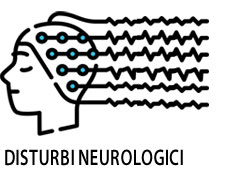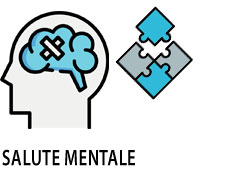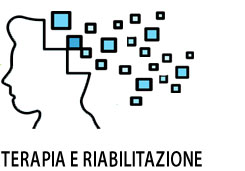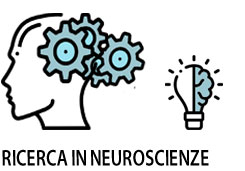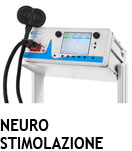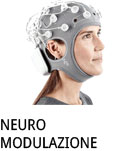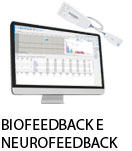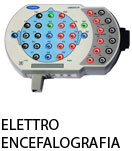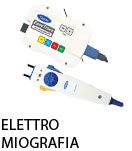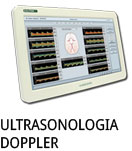- +39 011 5821948
- info@geasoluzioni.it
- Lun - Ven 8:00 - 17:30
Pubblicazioni
The efficacy of tDCS in the treatment of migraine: A review.
- Abstract:
- This review summarizes the existing available data on the use of transcranial Direct Current Stimulation (tDCS) as a treatment for migraine symptoms both with and without aura. 27 studies were examined and 5 were included in the review (which satisfied the inclusion criteria, i.e., duration of tDCS, intensity of stimulation, type of stimulation and stimulated cerebral area). The visual cortex was stimulated in 4 of the 5 analyzed studies. All these studies reported a 1mA current flowing (anodic stimulation), with a duration of 15-to-20 minutes but not the same montage protocol. The sessions were then repeated 2-4 times a week, for a variable period of 4-8 weeks. The other study adopted a cathodic stimulation on the primary motor cortex with an intensity of 2 mA. Both anodic and cathodic stimulations on the visual cortex provided important results: repeated series of preventive anodic stimulations resulted in a decrease in the regularity of migraine attacks, duration and pain perceived by the patient. The study about the stimulation of the motor cortex pointed out a decrease in the regularity and duration of attacks. Overall, the tDCS can be considered as a useful instrument, capable of bringing benefits to patient suffering from migraine; however, the duration of the obtained benefits was limited in all the cases reported and the size of sample was too small. Further studies are therefore needed to better comprehend the mechanisms involved in the pathogenesis of migraine symptoms.
- Patologie/Applicazioni:
- Anno:
- 2018
- Tipo di pubblicazione:
- Articolo
- Parola chiave:
- emicrania; stimolazione elettrica transcranica; tDCS; Noninvasive brain stimulation; review; corteccia motoria; corteccia visiva
- Testata scientifica:
- Journal of Neurology and Neurorehabilitation Research
- Nota:
- Recensione che riassume i dati disponibili esistenti sull'uso della stimolazione elettrica transcranica (tDCS) come trattamento per i sintomi dell'emicrania. 5 studi analizzati (4 con stimolazione corteccia visiva, 1 con stimolazione corteccia motoria).I primi hanno riportato una corrente di 1mA (stimolazione anodica), con una durata da 15 a 20 minuti ma con differenti protocolli di montaggio. I secondi correnti di stimolazione dei 2mA. Le sessioni sono state poi ripetute 2-4 volte a settimana, per un periodo variabile di 4-8 settimane. Serie ripetute di stimolazioni anodiche preventive hanno determinato una diminuzione nella regolarità degli attacchi di emicrania, durata e dolore percepiti dal paziente.
La nostra storia
GEA soluzioni si affaccia nel 2013 al mercato della strumentazione medicale di alto livello tecnologico ma la sua storia parte da più lontano, clicca qui per approfondire.
GEA SOLUZIONI SRL
via Issiglio 95/10, Torino
Tel.: 011 5821948 / 011 4463853
Fax: 011 0433281
Email: info @ geasoluzioni.it
P. IVA IT11696920013
REA TO1233648

